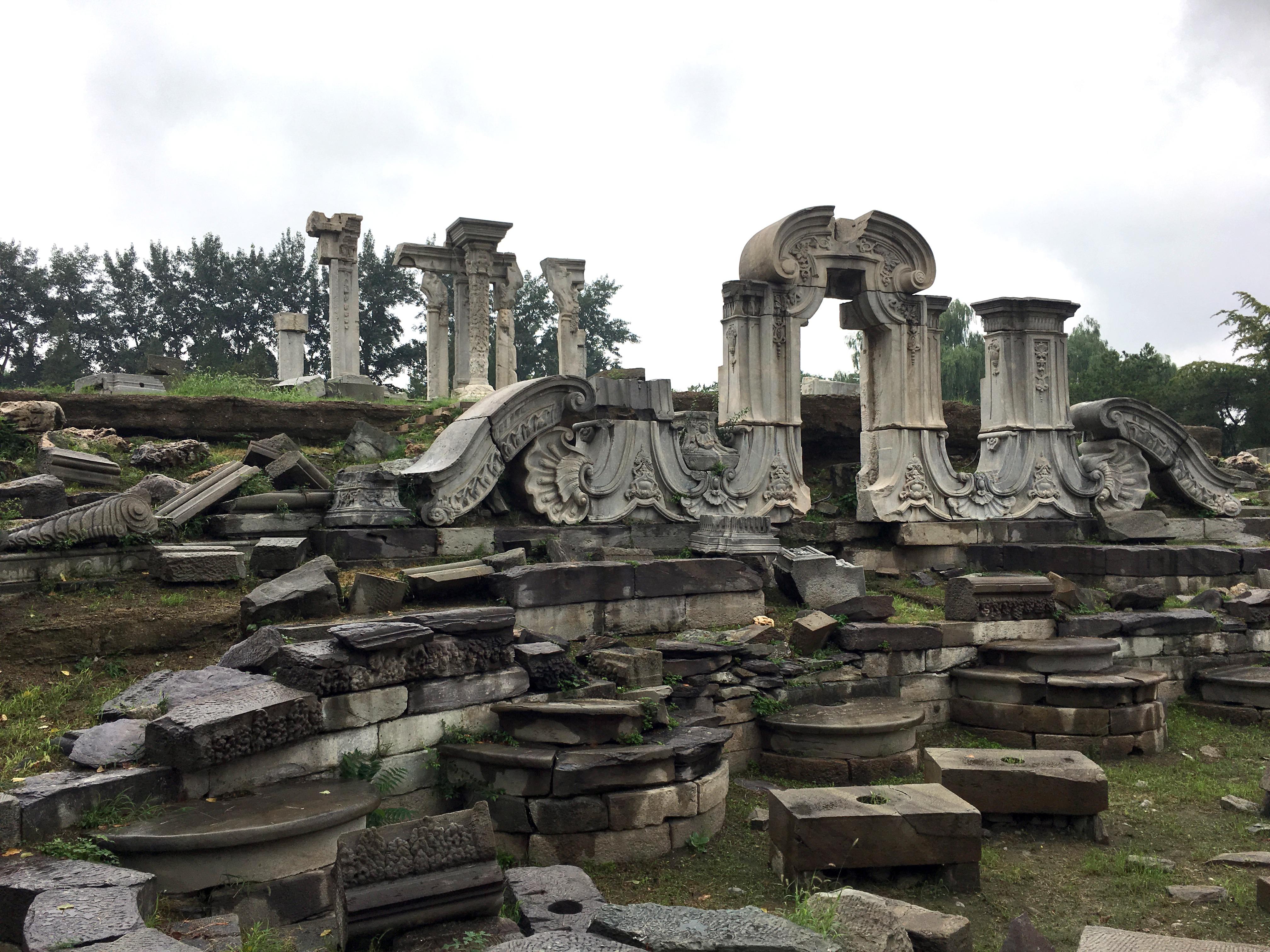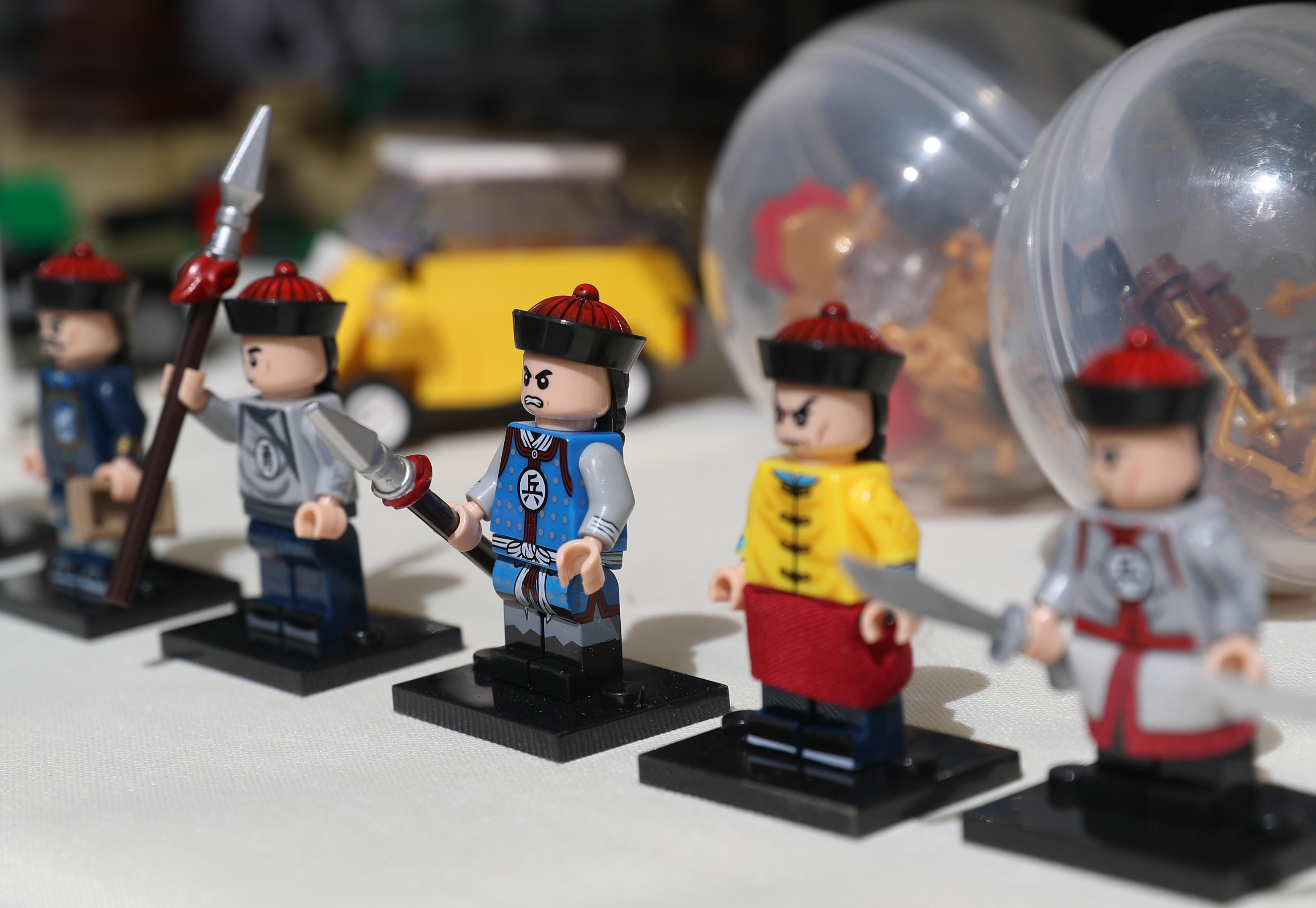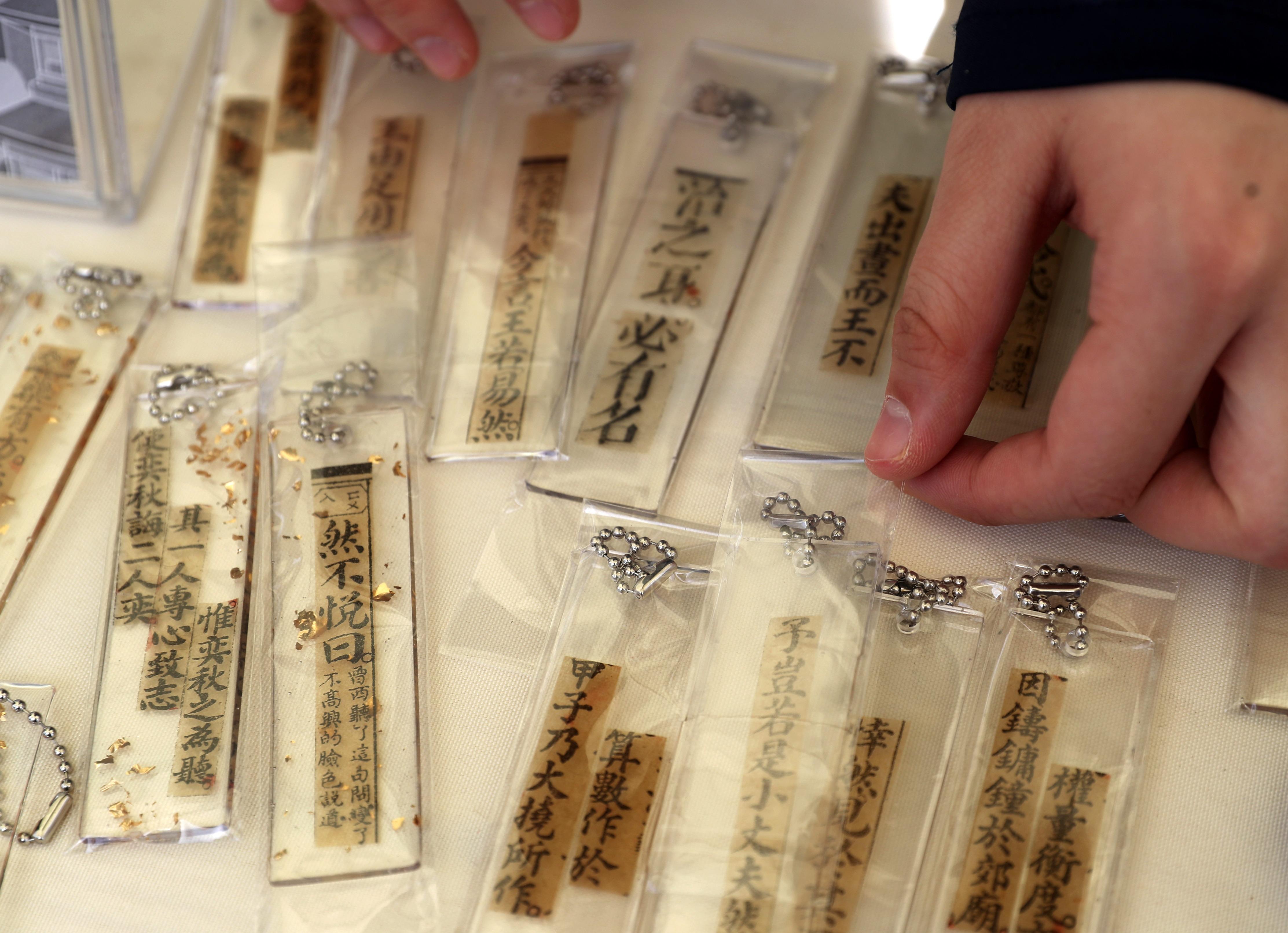The third edition of a design competition inspired by the Old Summer Palace is underway, Wang Kaihao reports.
 Ruins remind people of the past glory and pain of Yuanmingyuan, but also offer inspiration for modern designers to remember its history through everyday products. (WANG KAIHAO / CHINA DAILY)
Ruins remind people of the past glory and pain of Yuanmingyuan, but also offer inspiration for modern designers to remember its history through everyday products. (WANG KAIHAO / CHINA DAILY)
Spreading over 350 hectares — five times the size of the Forbidden City — Yuanmingyuan, also known as the Old Summer Palace, in the northwest of Beijing, was perhaps the epitome of Chinese architectural splendor. The former royal resort of the Qing Dynasty (1644-1911) was a magnificent compound that showed the best of the country's garden arts.
However, when it was set on fire in 1860 by the invading Anglo-French forces, numerous structures were burned down, and that also marked the start of many dark years over which most surviving architecture above the ground there was wiped out by further conflicts, social upheaval, and more commonly, just the passing of time. Nonetheless, Yuanmingyuan will never fade away from Chinese people's minds.
Decades of efforts to protect and revitalize the ruins through academic studies of documentations, old photos, archaeology among other things, seem to gradually recover the past prosperity of Yuanmingyuan from lost memory. However, more methods may be still needed to physically usher this cultural and psychological landmark to approach modern people's life.
 A visitor displays a scarf inspired by Dashuifa and other major scenic spots in Yuanmingyuan Park. (ZOU HONG / CHINA DAILY)
A visitor displays a scarf inspired by Dashuifa and other major scenic spots in Yuanmingyuan Park. (ZOU HONG / CHINA DAILY)
In 2021, the administration of the Yuanmingyuan Park launched a project to collect ideas from the public to design cultural products, souvenirs or everyday articles with the theme of the Old Summer Palace. The initial event got enthusiastic feedback from the public, and its popularity turned an experiment into an annual design competition. The third edition of the competition was launched on Saturday, enabling the public to hand in their creative plans by the end of October.
"Such products with cultural creativity can vividly tell the history," Qiu Wenzhong, chief administrator of the Yuanmingyuan Park, says. "They can usher the public to explore the cultural meaning and value of Yuanmingyuan on a deeper level and bring together the cultural industry, tourism, education and technology."
The kaleidoscopic products inspired by Yuanmingyuan testify to people's emotional ties with that lost wonder. From scarfs, stationery, toys like building blocks and jigsaw puzzles to chocolates and videos using virtual reality, Yuanmingyuan, which seemed to be rooted in people's minds with a stereotypical image of ruins for a long time because of its history, is thus given more color and light through cultural products.
"It's a way to bring the Yuanmingyuan heritage back to life," Qiu says. "Only through wide public participation, the hidden cultural relic resources can be really developed and benefit public interest."
 A boy is fascinated by creative figures. (ZOU HONG / CHINA DAILY)
A boy is fascinated by creative figures. (ZOU HONG / CHINA DAILY)
Qiu says more than 1,800 design plans were handed in to the park during last year's second edition of the competition. From December to January, the one-month-long exhibition was held at a gallery of China Millennium Monument World Art Museum in Beijing to display products from the last two competitions. Despite the impact of the COVID-19 pandemic at that time, nearly 40,000 visitors went to the exhibition.
In the previous two editions, the Great Fountain site, or Dashuifa, was among the most commonly used theme by designers. That batch of stone arcs and column ruins used to compose a part of Xiyang Lou (Western mansions), a Baroque-looking area amid traditional Chinese architecture in Yuanmingyuan. However, it is now one of very few old-time buildings in the former royal resort that is still visible above the ground, and seen on the official logo of the Yuanmingyuan Park's website today.
The water-clock fountain, with bronze sculptures of the 12 animals of the Chinese zodiac, is among the best-known relics at the site. Stolen in the havoc of 1860 and later lost to Europe, stories of these sculptures widely represented "national pain". But, echoing Chinese people's relief, eight have returned to Beijing in recent decades, largely via patriotic collectors' efforts. The horse-head sculpture, which returned to Beijing in 2020, was the most recently repatriated item. So far it is the only one among the eight repatriated artifacts to return to Yuanmingyuan while the rest are housed in other museums in Beijing.
 Some minifigures featuring Qing Dynasty soldiers on sale in Yuanmingyuan Park. (ZOU HONG / CHINA DAILY)
Some minifigures featuring Qing Dynasty soldiers on sale in Yuanmingyuan Park. (ZOU HONG / CHINA DAILY)
The unexceptional historical path the sculptures went through have also inspired designers to create related cultural products.
Li Tongzhi, a student of Xiangtan University in Hunan province, won the top award in graphic design at last year's competition. She used a digitized information-visualization approach to vividly unroll the stories of the 12 sculptures.
"Design can enhance history in education," she says. "I just hope my products can inspire more people from various industries to contribute their efforts to bring lost relics back home."
Due to its history of being invaded, Yuanmingyuan is often seen as a focal theme in education promoting patriotism in China, but administrator Qiu says he also expects a better explanation of its value from various facets, so as to contribute to aesthetic education among the public.
In the ongoing third edition of the competition, designers are encouraged to expand their ideas based on the cultural relics of Yuanmingyuan, as well as royal life, traditional festivals, auspicious animals connected with the garden, and Beijing's former imperial resorts as a whole.
A major task of the competition is not only to encourage best-sellers in souvenir stores, but also inspire the young generations to understand history.
 Bookmarks inspired by royal documents are among popular cultural products at Yuanmingyuan. (ZOU HONG / CHINA DAILY)
Bookmarks inspired by royal documents are among popular cultural products at Yuanmingyuan. (ZOU HONG / CHINA DAILY)
Two sections of the competition are particularly set for middle school students that will help youngsters demonstrate their design ideas from new perspectives. Though the 800 yuan ($116) bonus of top prize for the two groups in the competition is not high compared to their adult counterparts, who can win up to 10,000 yuan, professionals understand the significance of encouraging creativity among future generations and revitalizing history.
"I'm shocked and overjoyed to see the young generation's deep thinking of history through their designs," says Tang Jinnan, Party chief of the School of Journalism and Communication at Peking University. "Traditional culture needs to be better told in a dynamic way and can, therefore, be connected with our modern life and even future.
"Yuanmingyuan bears rich history and our collective memory," Tang says. "The competition is just one of many ways to dig deeper into this trove of art. It is the educators' obligation to do so. Fine art that serves public interest will thrive and prosper for long."
Yuanmingyuan literally means the "garden of perfect brightness". Its gloomy days of the past will probably never be forgotten by the nation. However, thanks to more people's creative ideas hailing its beauty, once again, the perfect brightness shines upon this place.
Contact the writer at wangkaihao@chinadaily.com.cn



